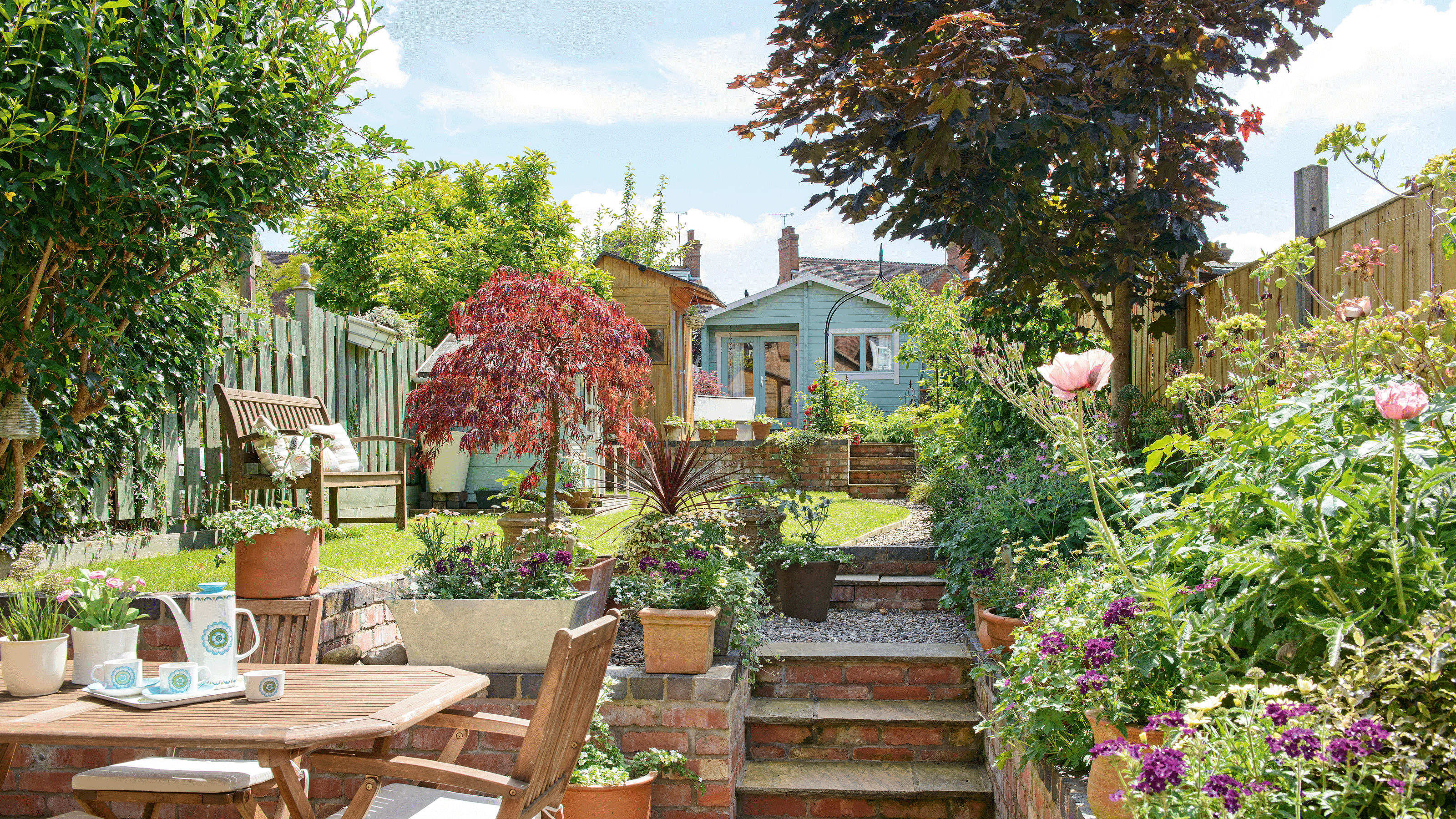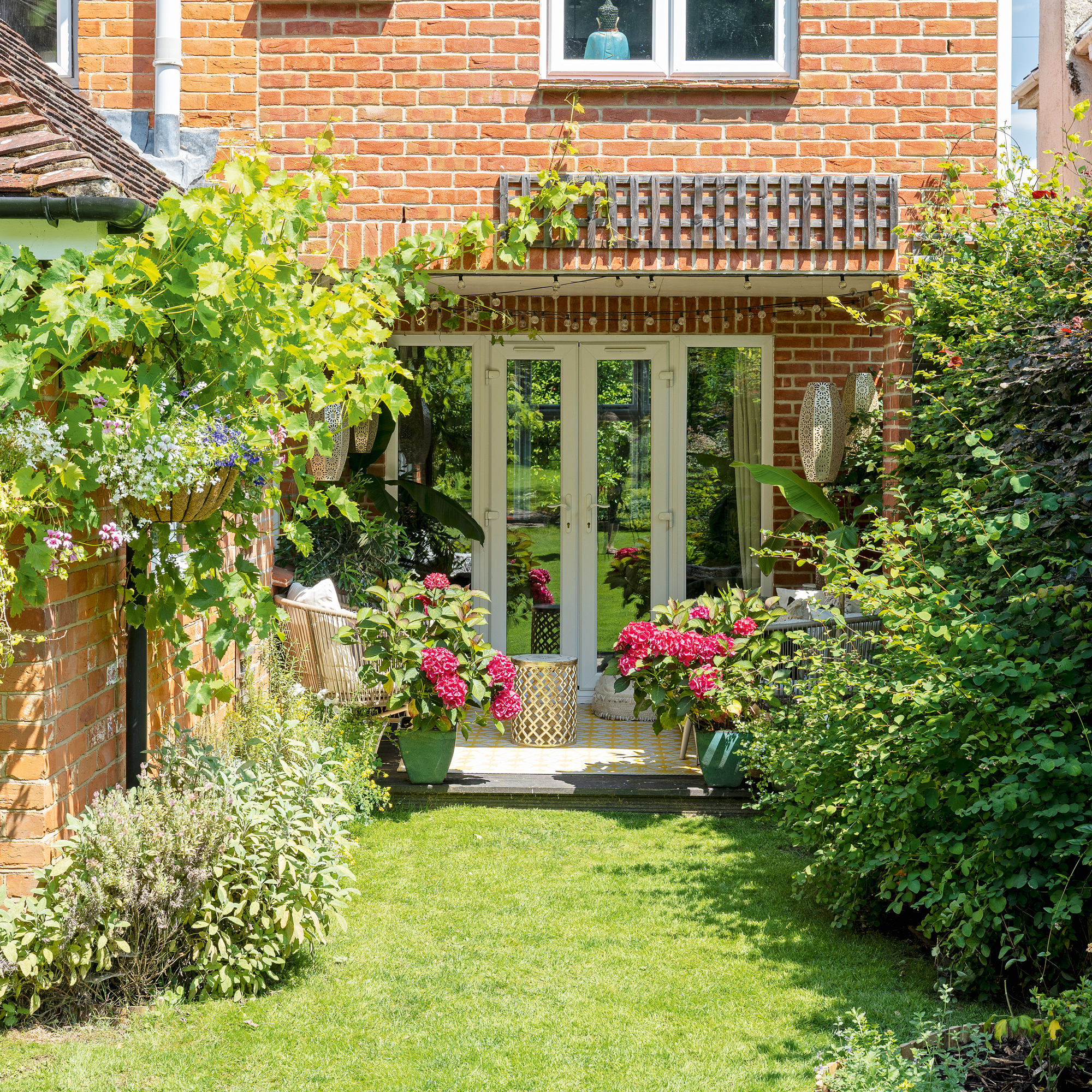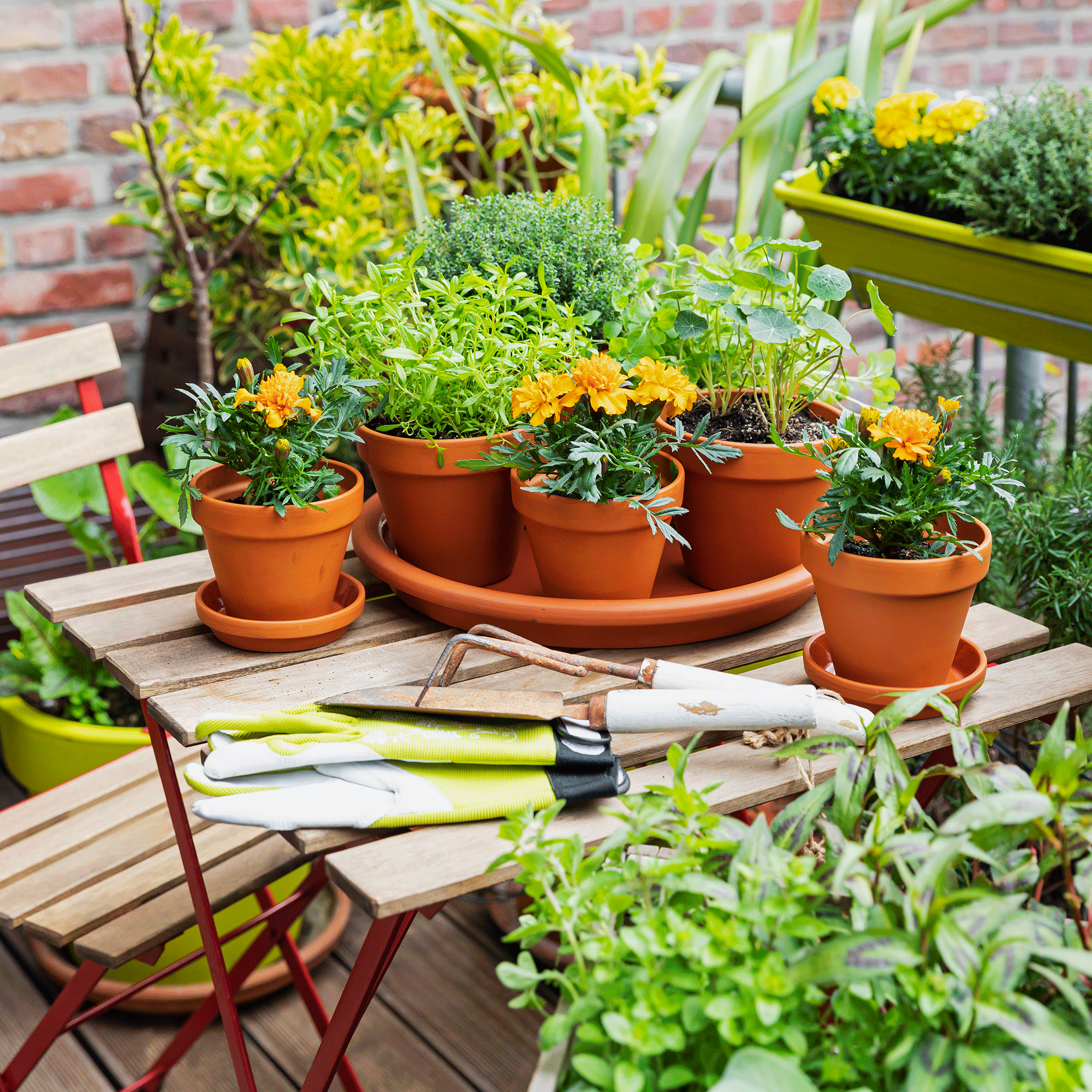Should you deadhead annuals for more blooms? Experts share which flowers to cut back and which to leave alone
Perennials usually steal focus when it comes to deadheading, but don’t forget your annuals…


Should you deadhead annuals? Well, let’s just say that Miley Cyrus might buy herself flowers, but you won’t have to if you make deadheading a part of your gardening repertoire!
Annual flowers, of course, are those that live for only one growing season – and while some annual flowers don't need deadheading (always a win for the lazier green-fingered types among us), the general rule of thumb is that most will.
Why? Well, deadheading can prompt a second bloom in many flowering plants, which means your garden will look better and brighter for longer. No small thing, when the weather is often at odds with our planting schemes…

Should you deadhead annuals?
If you’re wondering if you should deadhead annuals like marigolds and petunias, the majority of gardening experts will agree that it’s a good idea to get snipping.
‘Deadheading is removing old or faded flowers from plants so they continue to produce more flowers, rather than putting energy into producing seeds, and it is a must if you want to keep them flowering for as long as possible,’ says Morris Hankinson of Hopes Grove Nurseries.

Morris Hankinson is the founder and managing director of Hopes Grove Nurseries Ltd, the UK’s only specialist grower-retailer of hedging plants. He established the thriving business in 1992, shortly after graduating with a Commercial Horticulture Degree from Writtle College, Essex.
‘If seedheads form after the flower has faded but not been removed, the flower thinks it has lived its life cycle and will slowly stop flowering. By deadheading, the plants will keep on flowering for as long as they can – usually temperature dependent,’ he adds.
‘Simply deadhead as often as you can by removing faded flowers above the next set of leaves or buds, and it’s likely to make a really big difference in the seasonal colour and longevity of beds, borders, pots and hanging baskets.'
Sign up to our newsletter for style inspiration, real homes, project and garden advice and shopping know-how
Why? Well, because 'it doesn’t just allow for more flowers to grow; it can keep the plants healthy and tidy for longer, too,' promises Morris.

Of course, there’s no such thing as a hard-and-fast approach to gardening, which means there are a few exceptions to this rule – even when it comes to a question as seemingly simple as ‘should you deadhead annuals?’
‘Some plants are best left alone. Don’t deadhead annuals that provide food or shelter for wildlife, like ornamental grasses, or those with attractive seedheads, such as nigella and poppies,’ says Christopher O'Donoghue, director at Gardens Revived.

A gardener with over a decade of experience under his belt, Christopher set up Gardens Revived with his brother, Andrew, in 2018 to create a thriving family business. Together, they have worked on residential gardens, listed buildings and gardens, flower shows and large estates with some exceeding 70 acres – many with historical significance.
‘With tulips, which should be treated as annuals, you should cut the faded flowers but leave the foliage intact to recharge the bulb,’ he adds.
‘It’s also important to avoid deadheading plants that drop their flowers naturally, like busy lizzies, petunias, or calibroachoas.’
FAQs
Are you supposed to deadhead annuals?
Most experts will agree that you’re supposed to deadhead annuals, as the majority will reap the benefits.
‘By removing spent flowers, you stop the plant putting energy into seed production and encourage it to keep producing fresh blooms right through summer,’ says Christopher O’Donoghue of Gardens Revived.
‘Bedding plants like petunias, marigolds, and geraniums will flower for much longer if regularly deadheaded.’
Where do you cut when deadheading?
It's important to know the difference between pruning and deadheading, especially when it comes to figuring out where to cut when deadheading.
‘You can pinch flowers off with your finger and thumb, or use sharp scissors or secateurs for those with tougher stems,’ advises Christopher O’Donoghue of Gardens Revived.
‘Take care to cut just above the first healthy leaf, bud, or side shoot below the spent flower. Or, for plants with multiple stems (like bedding annuals), you can simply pinch or snap off the dead bloom.'
These Niwaki Garden Snips, £15.40, which you can buy from Amazon, are rated highly for comfort and precision.
So, should you deadhead annuals? The answer is usually a resounding yes – for the majority of cases – as removing dead blooms keeps plants looking neat and prevents disease, while encouraging more flowers.
‘The exception is when you want to collect seed, support pollinators, or enjoy ornamental seedheads in autumn and winter,’ chimes in Christopher.
And so, with that caveat in place, it’s time to get to work…

Kayleigh Dray became Ideal Home’s Acting Content Editor in the spring of 2023, and is very excited to get to work. She joins the team after a decade-long career working as a journalist and editor across a number of leading lifestyle brands, both in-house and as a freelancer.
You must confirm your public display name before commenting
Please logout and then login again, you will then be prompted to enter your display name.